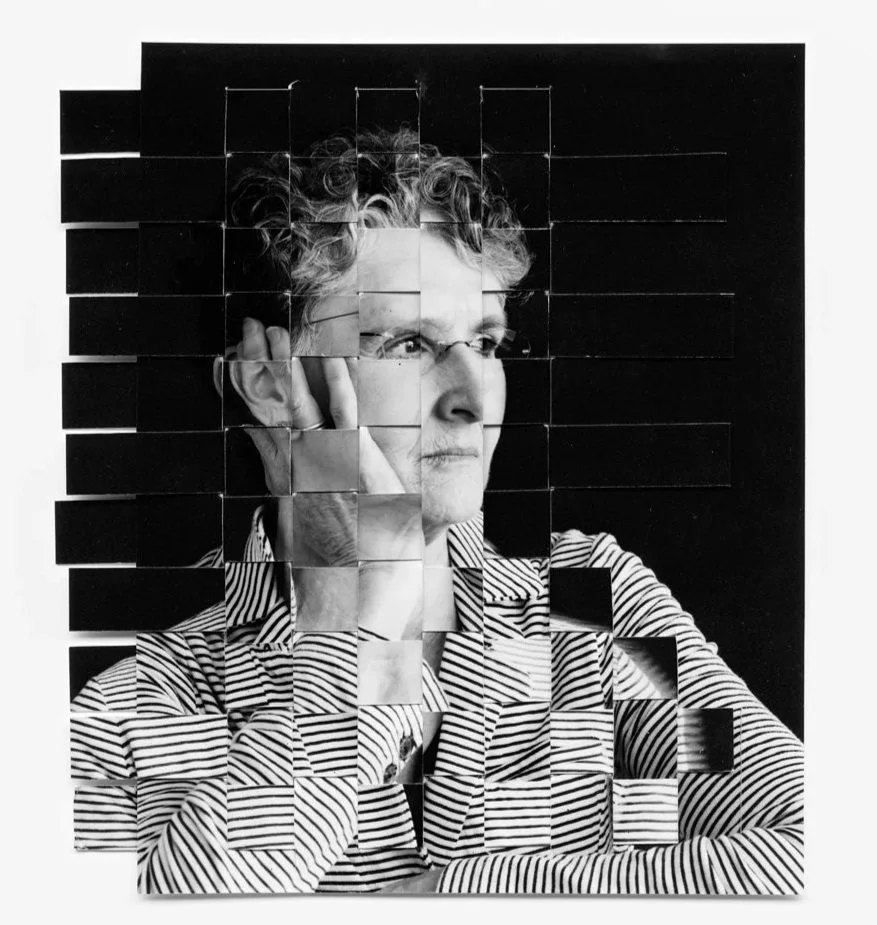Carole Kunstadt
West Hurley, NY
Website
carolekunstadt.com
How would you describe your work?
My works reference the material of antique books, music manuscripts, maps and artifacts - deconstructing paper and text, and using it in metaphorical ways. Through a reductive and additive manipulation of the materials the process reveals how language and notations can become visual through re-interpretation.
Similar to engaging with a book in your lap or hands, the work is intimate in scale and sentiment like the source material, inviting a view that is sensitive to the layered textural qualities. work is intimate in scale and sentiment, requiring the viewer to be sensitive and contemplative. I do favor the notion of one having to slow down in order to fully appreciate the work.
What inspires you?
A long held thought that influences my works on/of paper is: Evidence in the tactile provides contrast of the ethereal. How do I as an artist present the spiritual and unutterable concepts while in this physical plane.
My work is intimate in scale and sentiment, requiring the viewer to be sensitive and contemplative. I like the notion of one having to slow down in order to fully appreciate the work. The detail draws the eye close.
Can you speak about your process?
A book is not only the way in which text is presented but it is a container. An irreplaceable aspect of the book is that books absorb histories. Paradoxically the limitations of the form/codex presents us with important conversations, intimacies and the possibility of expansive experiences.While exploring the vulnerability of aged paper, and the physical integrity of books, new hybrid forms are created which reflect memory and history.
How did you become interested in art?
My parents encouraged the artistic talents of both myself and my sister.. We were never idle. We were always drawing, painting and making things—embroidering, sewing, and later macramé. Art was central to how we spent our days.
The town art teacher lived up the street and opened her house to a few kids for after-school classes. She had a Revolutionary-era home, filled with antiques and collectibles, and from this menagerie we could choose whatever we wanted to draw or paint. At the time, that was a very forward-thinking attitude—child centric learning.
During high school, Saturdays were spent in classes at the Mass College of Art and the Boston Museum School.
Do you have any favorite artists?
Lenore Tawney, Zarina Hashmi, Gego (Gertrud Louise Goldschmidt)
What advice do you have for younger artists?
Be patient with oneself. The seeds of future work will be seen in your current work - it only takes time to see it all from a wider view.
Any more thoughts about art, creativity, or anything else you would like to share?
Inspired by an artist I admire, I have adopted the intention to do one creative act a day (at least) to counter the chaos and the destructive energies that abound.














